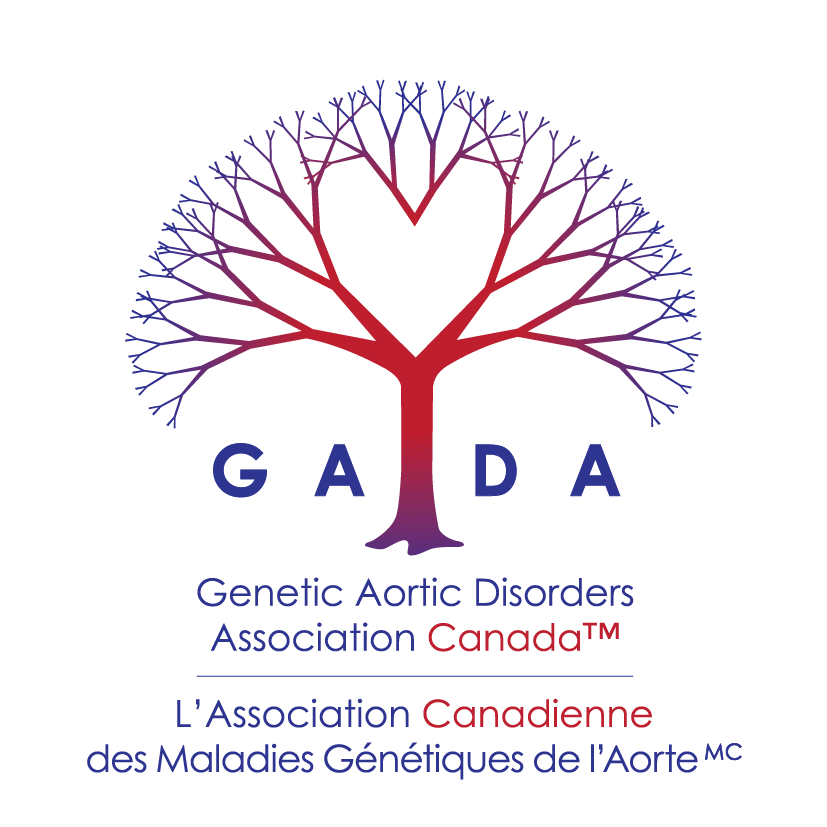2019 AWARD 3:
Cardiac MRI biomarkers of myocardial remodeling and genotype-phenotype correlations in hereditary thoracic aortic disorders
$35,250 1-year grant
Funded by GADA Canada & the Temerty Foundation
January 2020 - December 2020
Gauri Rani Karur, MBBS, MD.
Assistant Professor, Toronto Joint Department of Medical Imaging, Division of Cardiothoracic Imaging, University Health Network, Toronto, ON
LAY SUMMARY:
Common examples of genetic aortic diseases are Marfan and Loeys-Dietz syndromes. While abnormalities of the aorta and heart valves are well known in these conditions, recent studies have suggested subtle abnormalities in the heart muscle as well. Magnetic resonance imaging (MRI) is considered the gold-standard modality for evaluating the heart. While pumping blood, the assessment of change in shape and dimensions of the heart muscle known as strain analysis can also be performed with MRI. More recently, a technique known as T1 mapping has been shown to be reflective of the extent of diffuse tissue injury or scarring of the heart muscle. Therefore, in this research study, we will use MRI techniques to evaluate the health of the heart muscle.
In this research study, we will perform detailed MRI evaluation of the heart in patients with a known genetic aortic condition and in healthy volunteers. This will provide information regarding the size, function of the heart and myocardial health. Compared to healthy volunteers, we expect that the heart muscle of patients will show subtle abnormalities in structure and function and demonstrate diffuse tissue injury. It has been suggested that certain blood-pressure lowering medications commonly prescribed for these patients have a potential protective effect on the heart muscle. We will further investigate this with MRI of the heart.
A total of 84 subjects (64 patients and 20 healthy volunteers) will be enrolled. The patients will undergo clinical evaluation by their cardiologist and MRI of the heart. We will include patients ≥18 years with a known genetic aortic condition. We will not include patients with prior heart surgery, those with significant valve disease or other known heart muscle problems. A measure of the red blood cells will also be calculated by using a hand-held device before the MRI which is painless (does not involve a needle prick).
The results of this study will help us understand the changes in the heart muscle of patients with genetic aortic conditions and the role of certain medications in protecting it. Based on this investigation, more studies with a larger number of patients in multiple hospitals can be conducted to explore the role of MRI in early diagnosis and treatment of heart muscle abnormalities in this group of patients.
